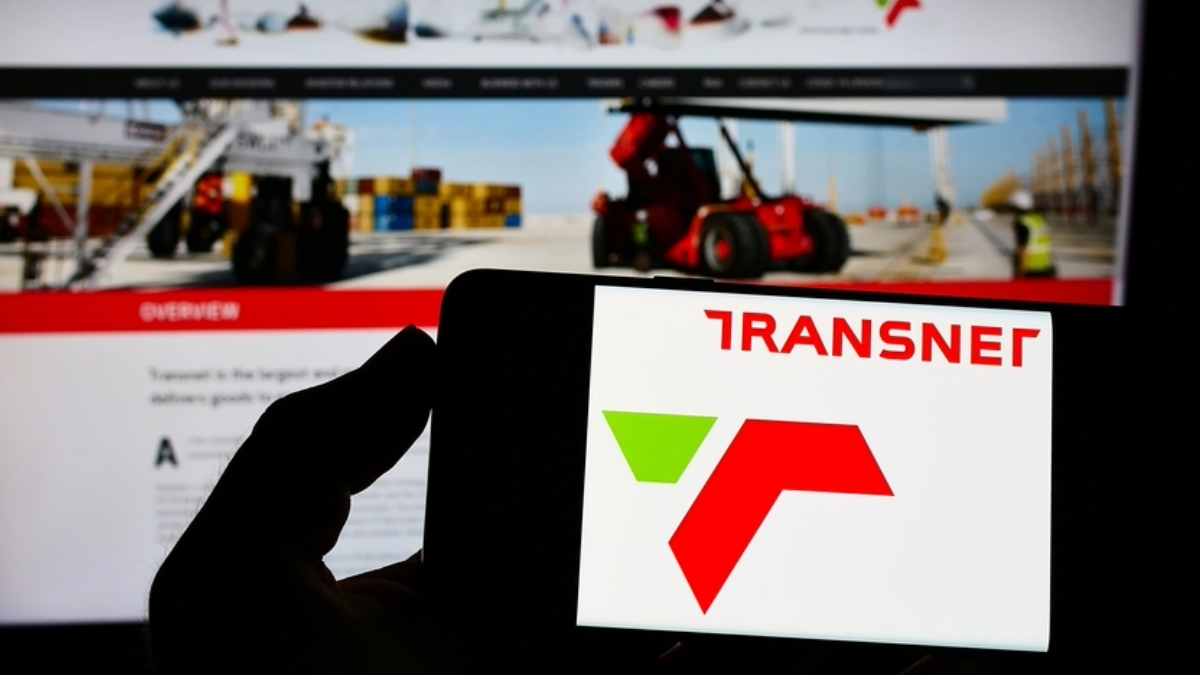Bolstering South Africa’s Cyber Defenses: Policy Lessons from the 2021 Transnet Breach
Scott Timcke, Andrew Rens / Jan 11, 2024The July 2021 ransomware attack on Transnet, South Africa’s freight state-owned logistics enterprise, disrupted port and rail shipping operations a week. With systems compromised and cargo stalled, Transnet invoked force majeure, freeing it from contractual obligations due to extraordinary disruption. As Transnet scrambled to restore systems, the ripples impacted commodity supply chains and trade across South Africa, weakening the country’s recovery from the effects of the COVID-19 pandemic.
The breach underscored gaps in the country’s cybersecurity governance, underinvestment in critical infrastructure upgrades, and lackluster policy implementation. As we describe in a new academic study, beyond immediate losses, it signaled how cyber vulnerabilities could undermine South Africa’s developmental vision just as leaders look to digitization for growth.
Cybersecurity demands a broader policy response that includes increased greater priority and urgency but a revised understanding of cybersecurity as a developmental imperative.
As Africa’s most industrialized economy, South Africa sits at the crossroads of regional and continental commerce. Transnet operates the transport arteries linking coastal terminals to landlocked neighbors. The state-owned enterprise’s (SOE) rail lines, pipelines, and ports handle minerals, agricultural exports and imports across Southern Africa.
With South Africa’s democratic transition in the 1990s, leaders eyed expatriating the developmental model of East Asia’s “tiger” economies. The state would stimulate industrialization and job creation, while redressing spatial inequality. SOEs like Transnet anchor infrastructure for development while delivering public goods.
Yet governance challenges plague SOEs. Auditor-General reports reveal wasteful expenditure, compliance violations and inertia on past recommendations. Cybersecurity measures lag behind policy plans. These deficiencies leave critical infrastructure ripe for cyber exploits by criminals and state-sponsored hackers.
The Costs of Lagging Cybersecurity
President Cyril Ramaphosa seeks to position South Africa as a destination for advanced manufacturing and AI. Yet hacks continually expose cyber gaps. With data and operations increasingly digitized, breaches take a toll. While estimates vary, costs may approach R6.2 billion ($337 million billion) annually in South Africa. When critical SOE systems suffer attacks or outages as with Transnet and Eskom’s recent blackouts, impacts reverberate through interconnected supply chains.
Transnet's freight rail and ports constitute a linchpin of South Africa's commodity flows and trade linkages. Disruptions bottleneck exports, creating losses for mines and farmers. The Minerals Council estimated the Transnet’s inefficiencies cost coal, chrome, manganese and iron ore producers up to R50 billion ($2.7 billion) in export earnings from rail and port delays over 12 months.
Beyond income losses, eroding logistics reliability raises uncertainty for businesses dependent on the transport system. By injecting delays and volatility, cyber incidents hamper planning and investment. Already beset by structural challenges, South Africa’s economy can ill afford further drags on competitiveness.
Mending the Governance Gaps
Cognizant of cyber threats, South Africa has enacted policies, laws, partnerships and operational coordination mechanisms over the past decade. Yet translating plans into enhanced cyber resilience has lagged. The reform agenda sprawls across departments, muddying accountability. Meanwhile outdated systems abound at SOEs, while thought leaders increasingly set digitization as core to development strategies.
Audits reveal a gulf separating governance aspirations from on-the-ground execution. Despite a 2012 cybersecurity framework, a 2022 Auditor-General report found “there were no implementation timelines” driving adoption while government departments, municipalities and SOEs “had no choice but to use unsupported and vulnerable infrastructure”. Such gaps leave public and private operations open to disruption.
With policy reforms often emerging as a reaction to attacks, South Africa has been slower than peers to ingrain cyber defense. In the aftermath of a 2007 episode deemed the first state-on-state cyber assault, Estonia built cybersecurity into national strategy as both an existential security imperative and digital rights issue given growing online activity.
South Africa’s view remains bounded as a technical challenge for the security apparatus rather than an economic and governance priority. Yet the costs of cyber incidents far exceed conventional crime and loom over both state development plans and business operations.
Next Steps for Boosting Cyber Resilience
The Transnet case underscores that South Africa’s aspirations on digitization and technological innovation rest on securing critical infrastructure and data flows. Also, development banking to advanced manufacturing to e-governance depend on hardening vulnerabilities.
Boosting resilience requires utilizing SOEs as both tools of development policy and test cases for enhanced cyber defenses. With outlays on cybersecurity relatively minor, increased spending commensurate to deepening digitization exposure is imperative. This includes the use of cybersecurity maturity assessment frameworks in rating SOEs and private infrastructure operators.
SOE’s are important sites for South Africa to develop the cybersecurity skills needed to meet national, and global shortfall.
In governance, instilling accountability via independent audits allows benchmarking cyber risk management against international standards while identifying gaps. Structural cybersecurity evaluations of critical SOEs should take place every two years.
Procedurally, contingency protocols for IT system failures or breaches merit regular stress testing. As impacts spill across interconnected services, crisis scenario models help gauge potential economic damages. Transnet’s bottlenecks showcase the value of mandating transparency around remediation plans after major attacks.
Ultimately, effective cybersecurity relies on elevating digital defense as a national and economic priority beyond narrow state security frames. With policy often emerging reactively post-breach, South Africa must pivot toward proactive ingraining of resilience across infrastructure sectors. This starts with securing SOE operations to enable their developmental purpose. Hardening defenses is not just about safeguarding data, but enabling innovation and growth in networked digital economies.
Authors


